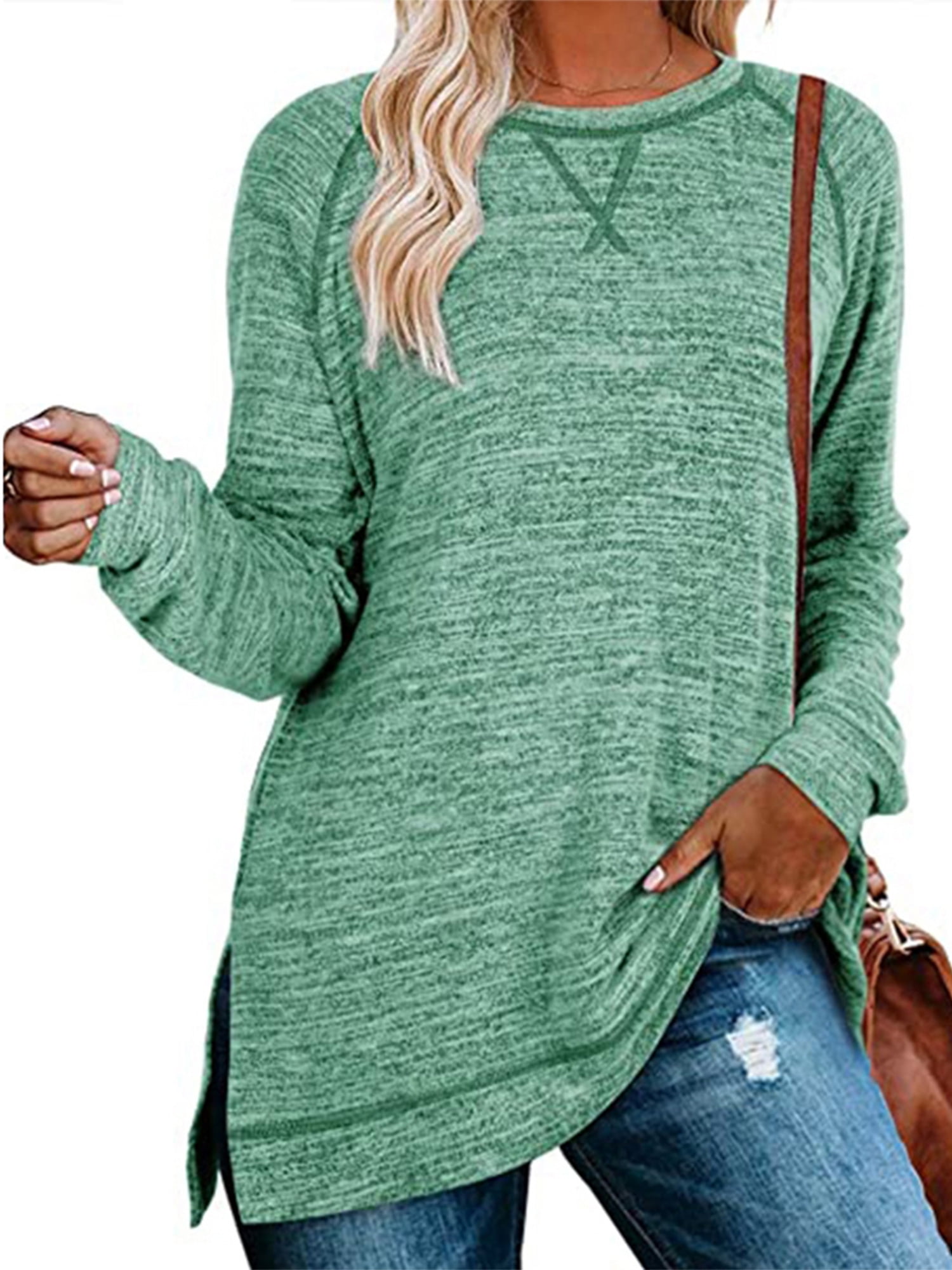What To Look For When Buying some sort of Sweatshirt

Sweatshirts are long-sleeved, pullover shirts that are typically made of thick cotton cloth. They are usually worn as casual clothing, and are not as dressy as sweaters or cardigans. They may not have the hood. If you're interested in purchasing a sweatshirt, here are a few tips:
Norma Kamali sparked the appeal of sweatshirt s
Since the late 1970s, Norma Kamali has transformed the simple sweatshirt into a work of art. Her designs have become an essential part of all women's wardrobes. Her unique styles range from a tummy-tucking crew neckline to thick leather sweatshirts. She has also created clothing with unusual designs, like a tank top with a long trumpet skirt.
The collaboration between the designer and the sweatshirt maker Everlast resulted in her Timeless line, which was a huge hit when it debuted in the Spiegel spring 2006 catalog. The collection featured interchangeable and convertible knits in classic shapes and a lot of pieces were priced at less than $20. Even if Kamali's Timeless collection wasn't available in stores, fans could still find the designs on eBay or Poshmark.
Merino wool sweatshirts tend to be more comfortable than soft sweatshirts
Merino wool is renowned for its ability to wick moisture away which help to keep you comfortable and dry. Merino wool is an organic fibre that also has a smoother feel. The fabric also dries quickly when compared with other natural substances. Additionally, sweat shirts is a renewable resource. The merino sheep shed coats every year and regrow new ones.
The warmth-to-weight ratio of merino wool makes it popular for sweatshirts. It aids in controlling the body's temperature because of its loft that naturally holds heat in the fibers. This is why Merino wool sweatshirts are perfect for outdoor activities in the summer, like hiking, mountain biking and running. The warmth it provides keeps the wearer comfortable and dry. This is important for working out.
Zip-front hoodies come with kangaroo pockets.
Kangaroo pocket Hoodies are a well-loved style of hoodie. They feature a big pocket in the front, which helps keep your hands warm on chilly days. They're much more practical than traditional pockets, since they allow the hands to slide in and out easily.

Kangaroo pockets are usually large enough to fit a wallet or some other smaller personal items. They're usually long enough to fit the palm of a hand that is small and are sufficient to hold two hands. They feature wide openings on both sides and make them ideal for carrying small items.
French Terry fabric is a popular fabric for sweatshirts
The French Terry fabric is composed of soft yarns knitted into loops and are usually mid-weight. It is also known because of its capacity to absorb away moisture and is pre-shrunk. French terry is a great option for sweatshirts since it keeps you warm when you're in need and helps keep you cool when you're trying to cool off.
French Terry is also popular for loungewear, since it is stretchy enough and has enough flexibility to feel comfortable when you touch your body. It also allows air to circulate around the fabric, making it ideal for layering under other clothing. Furthermore, because it is lighter than other sweatshirts that you can wear all through the year without feeling too hot or cold.
Hoodies are classy and have a connotation of class.
Although it might appear that hoodies are an appropriate clothing item for people of the working class, the reality is that they are a symbol of class. Hoodies were first seen in the 1970s in New York, where graffiti artists wore them to conceal their identities. In 1976 the hoodies were made famous in their appearance in the film "Rocky," when the protagonist of the film was a working class man in hooded gray sweats on his memorable climb up the steps of the Philadelphia Museum of Art.
Hoodies are frequently associated with death, destruction and other negative items, yet they also serve practical purposes. For instance, monks and priests can wear hoods to demonstrate respect and a sense of self-control.
